Key in a search term below to search our website.
Key in a search term below to search our website.
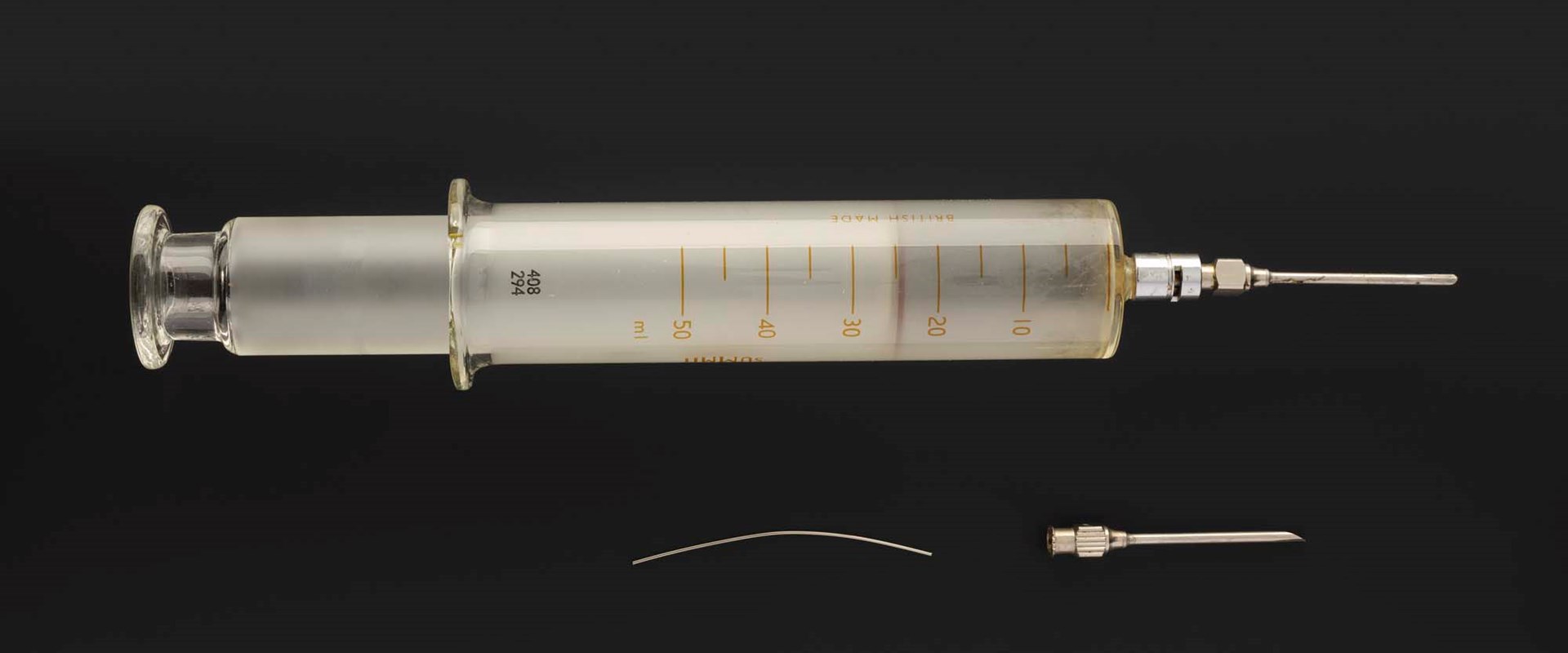
Syringes are important medical tools and have been around for thousands of years. With the ongoing vaccination effort against COVID-19, you or a loved one may well have encountered one quite recently.
The humble hypodermic injection or as its commonly known in Scotland the jab or jag, has developed greatly over the years, and its history is much more complex characterised by experimentation and innovation.
According to Chambers Dictionary it is:
a medical instrument for injecting or drawing off liquid, consisting of a hollow cylinder with a plunger inside and a thin hollow needle attached or a similar device used in gardening, cooking, etc.
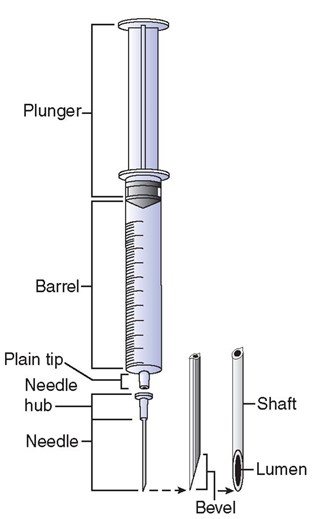
The syringe is made up of three parts:
This is a sharp hollow tube which pierces the skin and enables medication to be injected into the body. The needle is the part of the syringe that some people find scary!
This is where medicine is held in the barrel before injection and is usually transparent. Once the medication has been dispensed via the needle into the body, the medicine is no longer visible in the transparent barrel.
The plunger and piston work together to help control the amount of medicine that you receive for an injection.
Early syringes didn’t have needles and instead were used to apply medical ointment or to suction. The plunger portion could be pulled back to suction material or push out to apply medicine or liquid to an area. Syringes were used in early medicine to remove cataracts from the eye through suction and apply medicine through the skin.
Early needles took the form of hollow reeds, glass tubes and goose quills.
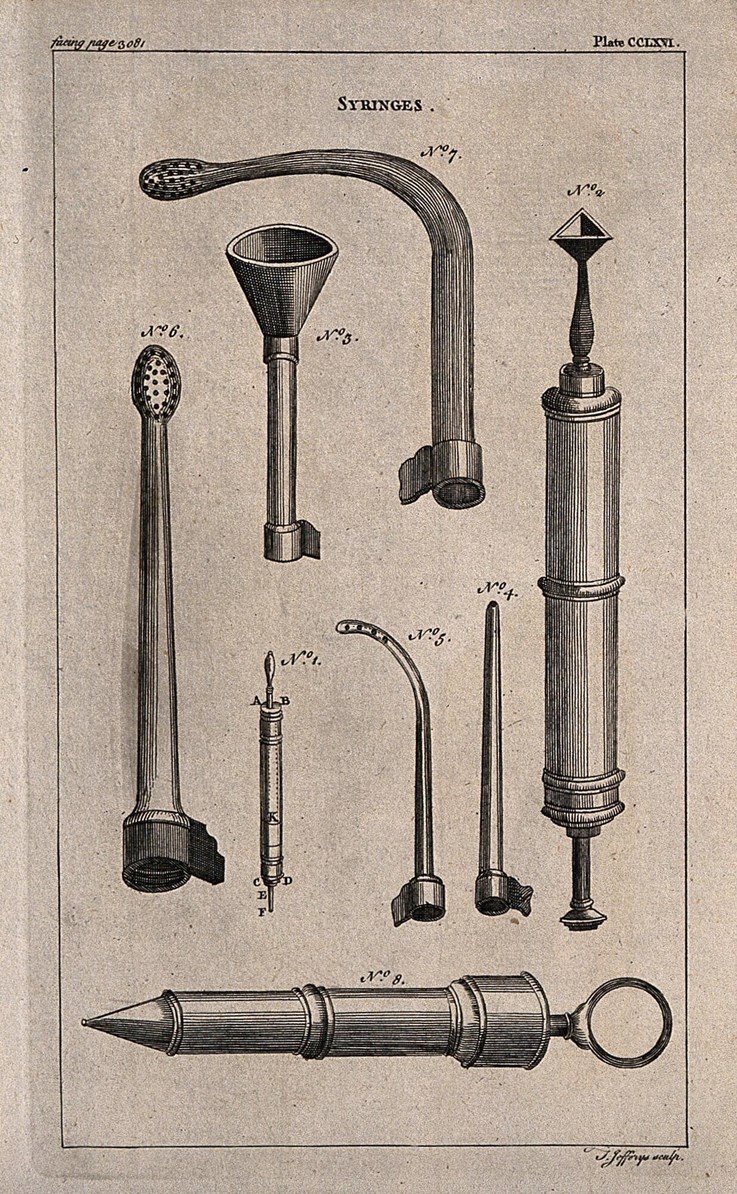
Surgical syringes. Engraving with etching by T. Jefferys. Credit: Wellcome
Scottish doctor Alexander Wood is credited with inventing the modern hypodermic syringe in 1853. His goal was to treat pain in just one area of the body. He attached a hollow needle, an earlier invention by Irish doctor Francis Rynd, to a plunger.
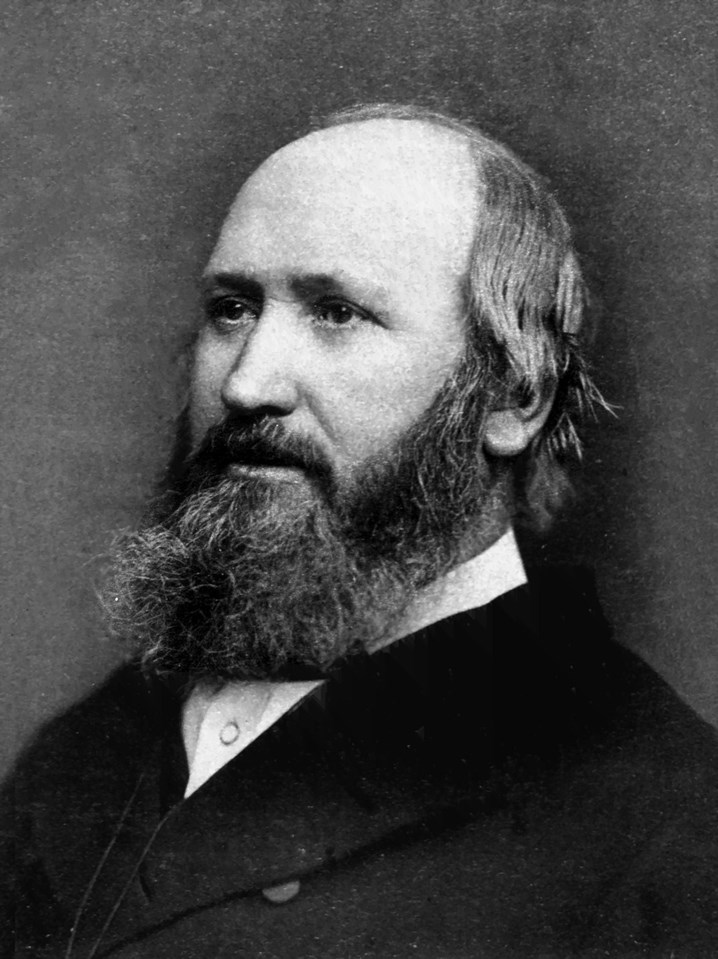
Alexander Wood by Barraud & Jerrard, Photographers, 1873 (CC BY 4.0)
Using his newly invented hypodermic syringe he was able to inject pain relief medicine to the area which was causing pain. His first patient was a woman experiencing neuralgia, which causes intense pain after nerve damage. She was injected at the site of her pain with the pain relief medicine morphia. Morphia was a mixture of sherry and morphine, a powerful pain relief medicine.
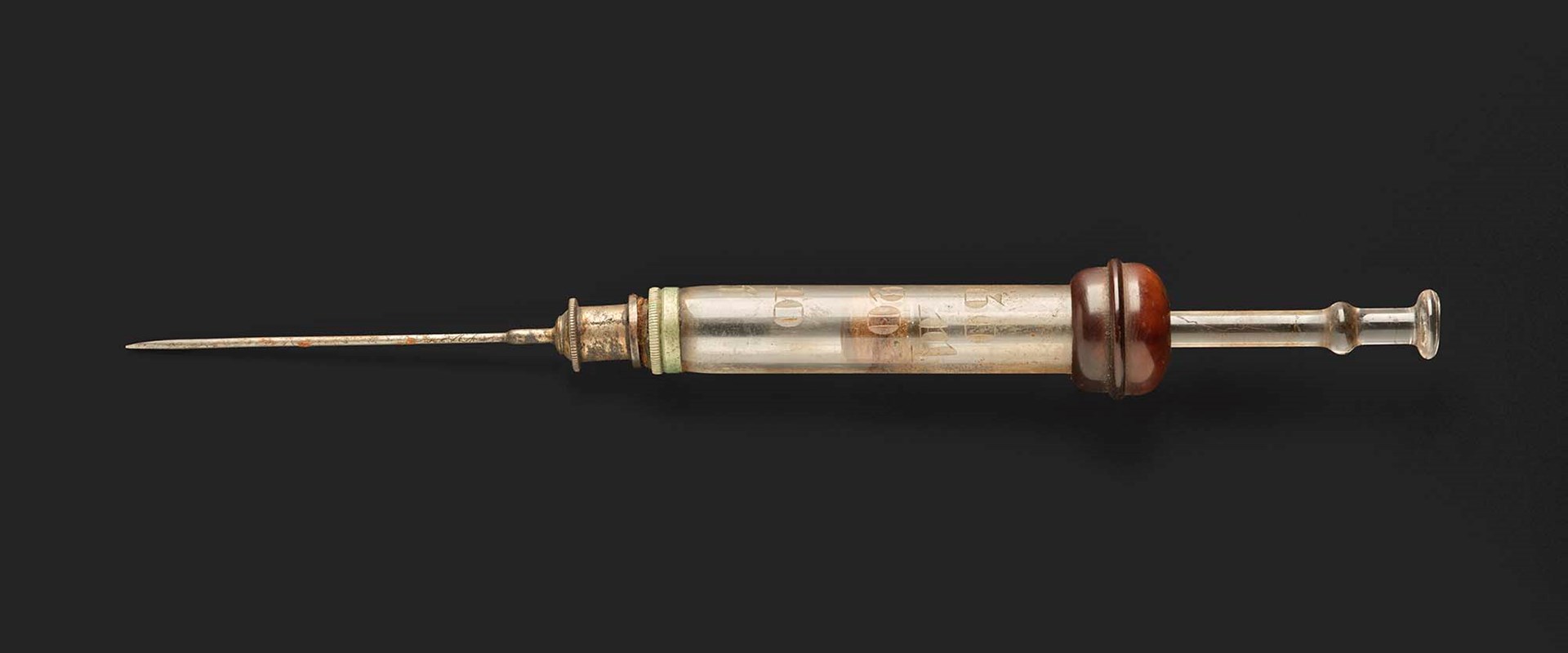
A glass syringe said to have been used by Dr Alexander Wood (T.2021.18).
Coincidentally, French orthopaedic surgeon, Charles Gabriel Pravaz, invented the syringe at the same time. Despite inventing them in the same year (without ever meeting), Wood is credited with the invention of the syringe. Pravaz’s syringe was made of silver, as opposed to glass. This meant you could not see the contents, making it much harder to control the amount of medicine given to a patient. Pravaz’s plunger mechanism was also different than Wood’s, as rather than pushing down a plunger, Pravaz’s device used a screw.
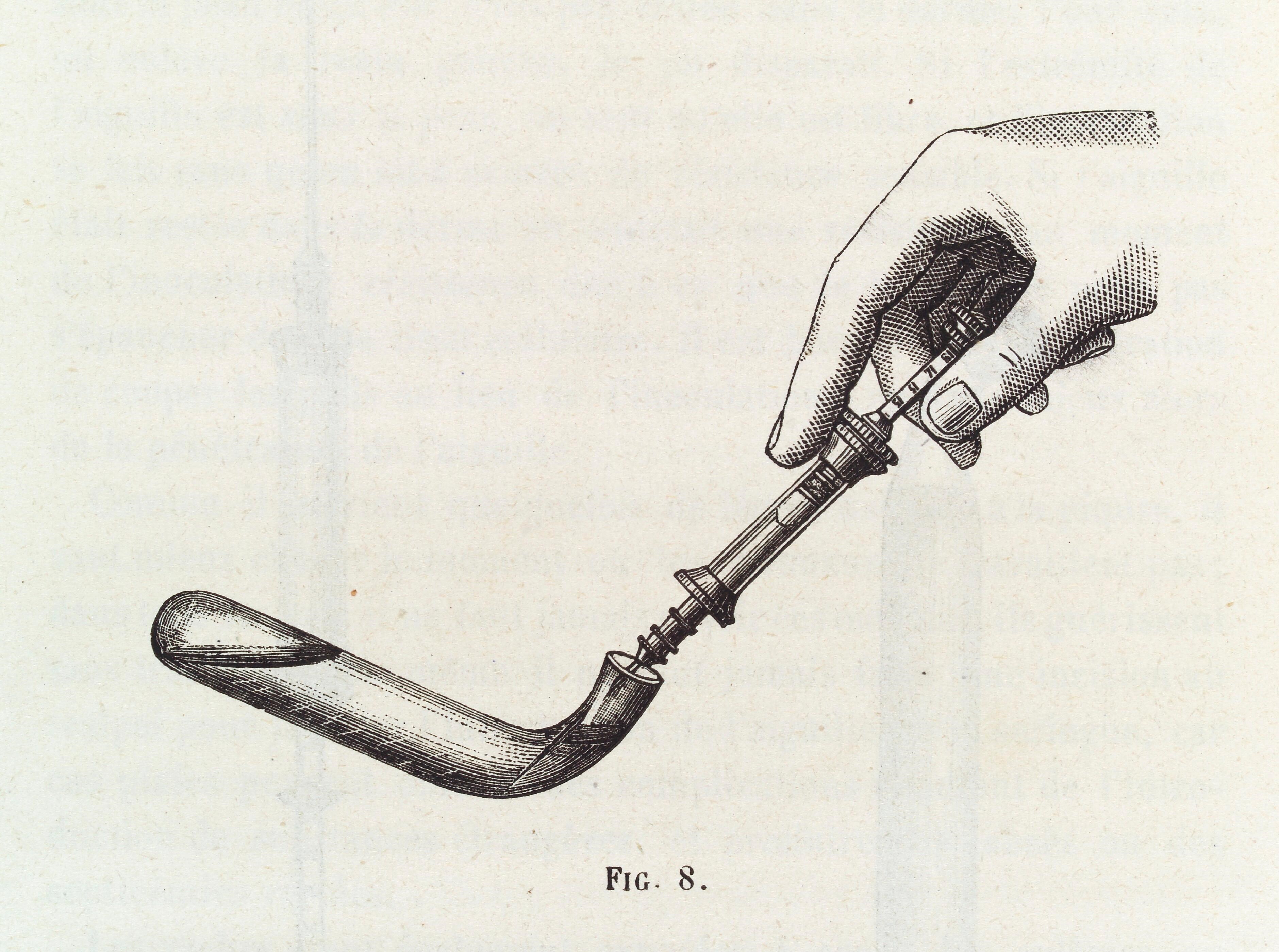
Pravaz syringe. Credit: Wellcome Collection. Public Domain Mark
What made this syringe different than others before is the ability to inject small, measured amounts into an area without creating a cut, or incision, in the skin first. The glass sides of Wood’s syringe made it easy to see the dosage, and the plunger allowed more control over dosage of the medication.
Soon the syringes were developed further, and measurements were added to the sides, allowing even more control. Before this, doses were often measured roughly, which means giving too much, or too little, of a medication to a patient. The design of syringes hasn’t changed since their invention.
Depending on their use, syringes are made of different types of material. Historically syringes were made of metal and glass. This allowed them to be used, cleaned and re-used. Before an understanding of antiseptics this was a recipe to spread disease. But after the importance of sterilising equipment between patients was discovered, needles and syringes would be sterilised between uses. Today most syringes we see are plastic with stainless steel needles and are single use. This is to ensure each time they are used they are sterile and won’t spread disease.
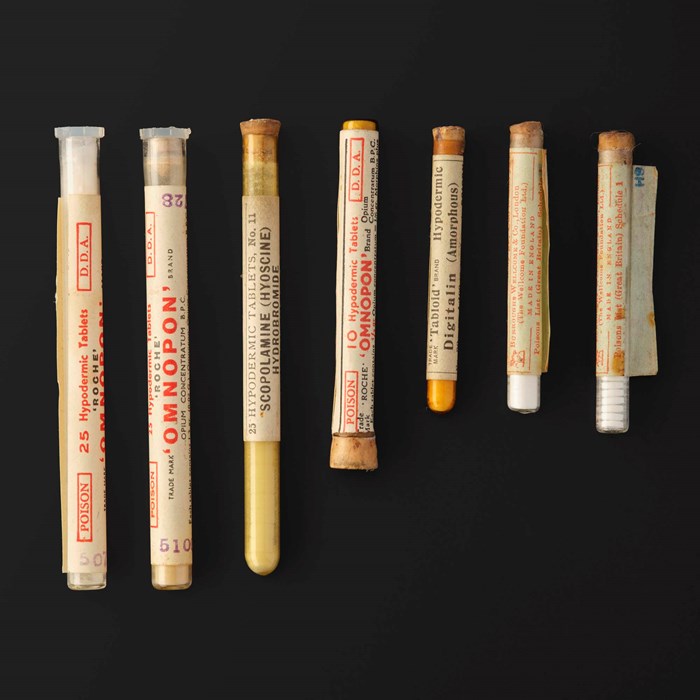
Silver ridged box containing seven glass tubes of hypodermic medicine tablets (T.2019.142.3).
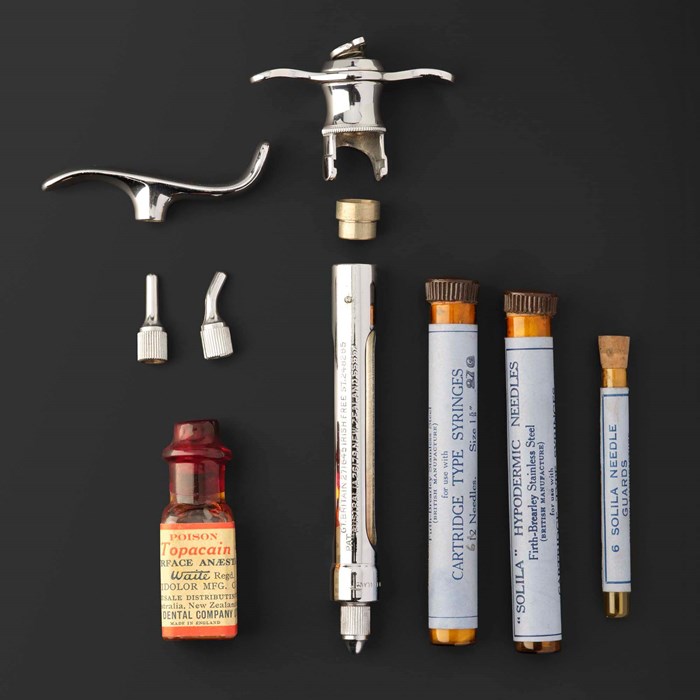
A 'Carpule' cartridge style syringe with two opened tubes of needles, Solila needle guards and a bottle of Topacain surface anaesthetic (T.2021.33).
While plastic syringes are intended for single use, in some cases where materials are in short supply plastic syringes are re-used. This can cause the spread of disease particularly Hepatitis and HIV. The K1 auto-disable syringe was invented in the late 1990s, and can only be used once. After the plunger is pressed down it cannot be pulled back up, meaning it is truly single use. This syringe was invented to combat the spread of disease through needle reuse.
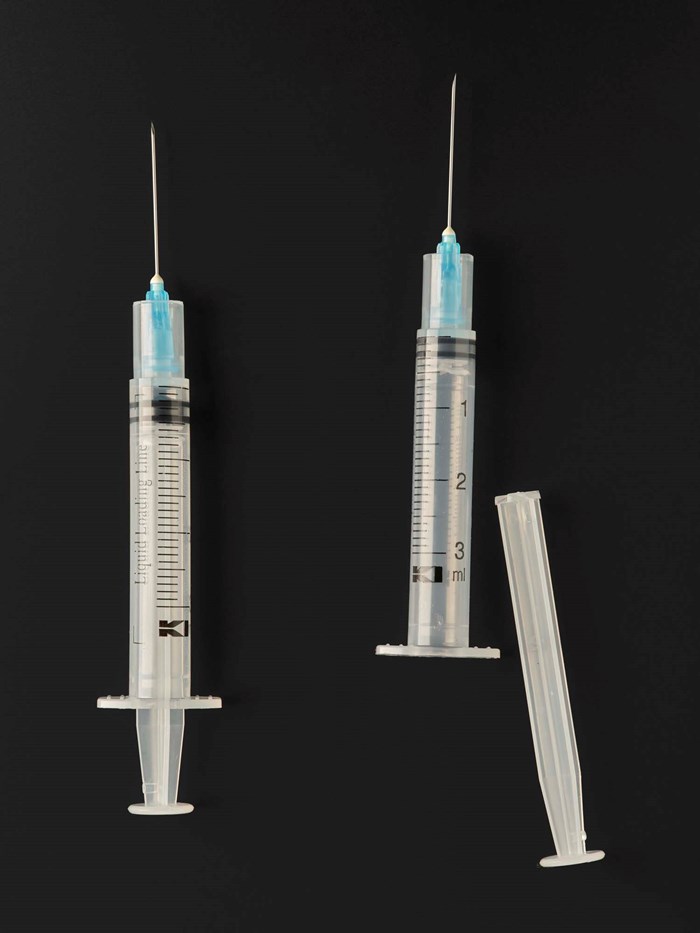
A collection of K1 Auto Disable Syringes, 2011.
The syringe we see today in use rolling out the COVID-19 vaccine very closely resembles historic ones in our collections. Modern syringes are used for a variety of purposes in medicine for both humans and animals for:
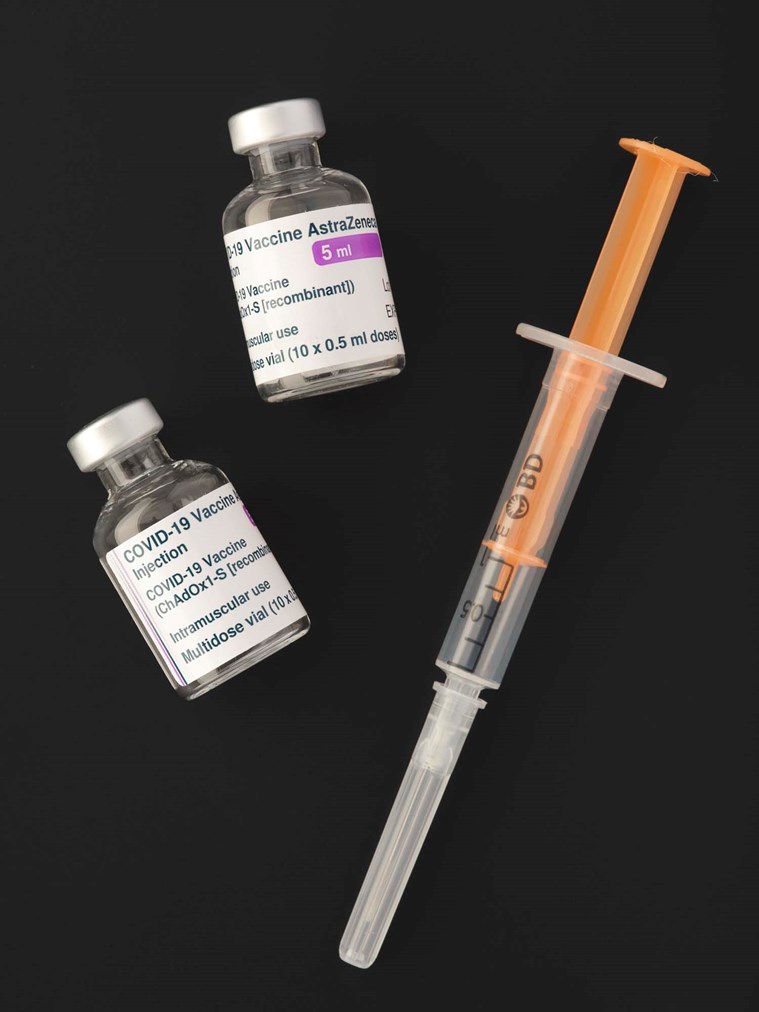
COVID-19 AstraZeneca vaccine (in glass vial) and syringe for vaccination (T.2021.12).
One of the more common types of syringes, these are for single-use and are inexpensive and often incorporate a fine needle.
Tuberculin syringes are small in size and hold up to 1ml of fluid. They are used to perform tuberculosis tests called PPD.
These special syringes are designed to refill after each injection from a built-in reservoir to give several dosages using the same syringe. These types of needles are rarely used due to a risk of contamination.
These syringes are specially designed to extract venom from the wound without puncturing it. These syringes create a vacuum that sucks out the poison from the wound.
These are syringes that are used as a measuring instrument for measuring the dosage of medicines accurately. They are often used with small children or animals to deliver drugs directly into the mouth.
The dentist uses these syringes to administer the anesthetic solution. And it is also used to supply water, compressed air, or mist to the oral cavity for cleaning debris away from the area the dentist is working on.
Header image: Blue box with ' The new Summit Nozzle Lock Syringe' Wide Bore, 50 ml - LUER Central (T.2019.3).